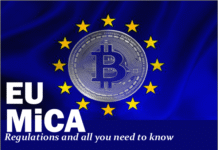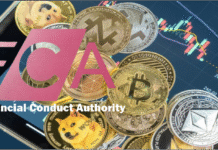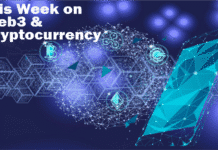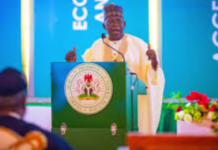What are NFTs?
Non-Fungible Tokens (NFTs) are unique digital assets stored on a blockchain, typically Ethereum, representing ownership of a specific item, such as digital art, music, videos, and other creative works. Unlike cryptocurrencies like Bitcoin or Ethereum, which are fungible (meaning each unit is identical), NFTs are unique and cannot be exchanged on a one-to-one basis. Each NFT has a distinct value and ownership record, making them ideal for certifying authenticity and ownership of digital items.
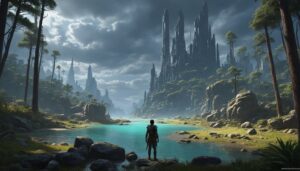
How NFTs Have Transformed the Digital Art World
- New Revenue Streams for Artists:
- NFTs have created new opportunities for digital artists to monetize their work directly, without relying on traditional intermediaries like galleries or auction houses. Artists can sell their work on NFT marketplaces such as OpenSea, Rarible, and Foundation, often receiving a percentage of sales whenever the NFT is resold.
- Ownership and Provenance:
- Blockchain technology enables transparent and immutable records of ownership and provenance, which are critical in the art world. This ensures that buyers can verify the authenticity of a digital artwork and track its ownership history, reducing the risk of forgery.
- Increased Accessibility:
- NFTs have democratized access to art by allowing artists from around the world to reach a global audience without needing traditional gatekeepers. Buyers can purchase and own a piece of digital art, sometimes for much lower prices than physical art, making art collection more accessible.
- Artist Royalties:
- One of the most significant impacts of NFTs is the ability for artists to earn royalties on secondary sales. Smart contracts embedded in NFTs can automatically distribute a percentage of each resale back to the original creator, providing artists with ongoing income from their work.
- Community and Engagement:
- NFTs have fostered new communities around digital art, where collectors and artists interact directly. Platforms like Discord and Twitter have become central hubs for NFT communities, where artists share their work, collaborate, and engage with their audience.
RELATED ARTICLE: Decentralized Finance (DeFi): What You Need to Know
Challenges and Criticisms
- Environmental Concerns:
- The creation and transaction of NFTs on certain blockchains, particularly Ethereum (prior to its shift to Proof of Stake), have been criticized for their environmental impact due to the high energy consumption associated with Proof of Work mining.
- Market Volatility:
- The NFT market is highly speculative and has seen extreme volatility, with prices for some digital artworks soaring to millions of dollars and then crashing. This volatility poses risks for both artists and collectors.
- Intellectual Property Issues:
- The rapid growth of NFTs has led to instances of art theft and unauthorized minting of NFTs from existing works. Artists have reported that their work has been tokenized without their consent, raising concerns about intellectual property rights in the NFT space.
- Regulatory Uncertainty:
- The legal and regulatory framework for NFTs is still evolving. Questions around taxation, copyright, and consumer protection in the context of NFTs remain largely unresolved, which could impact the future development of the market.




